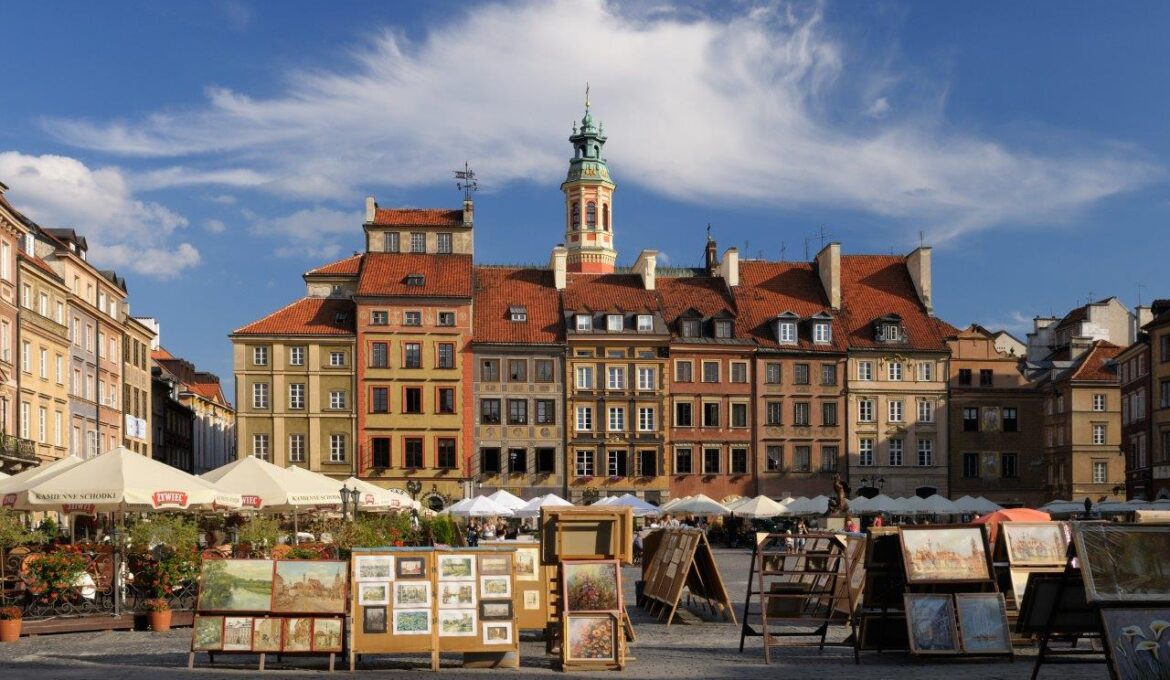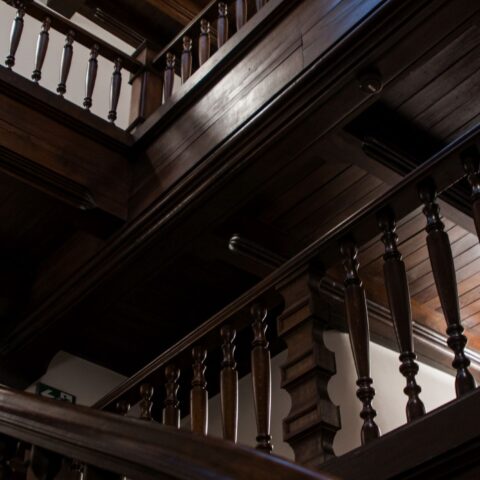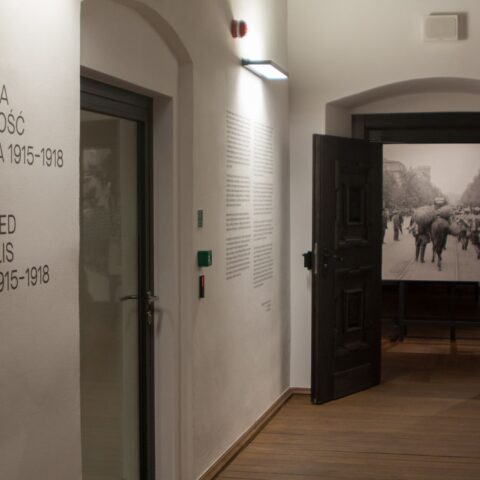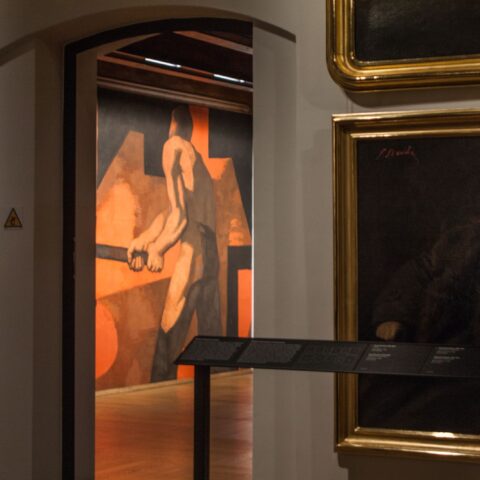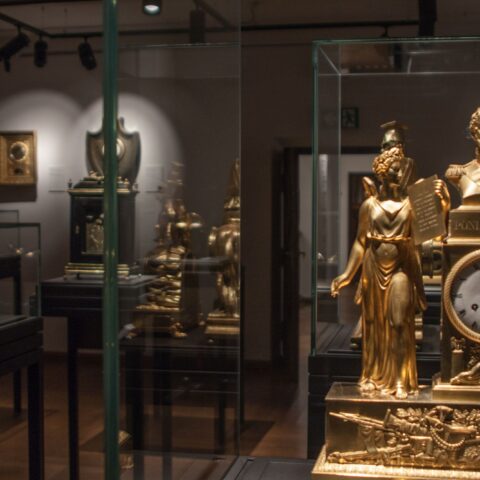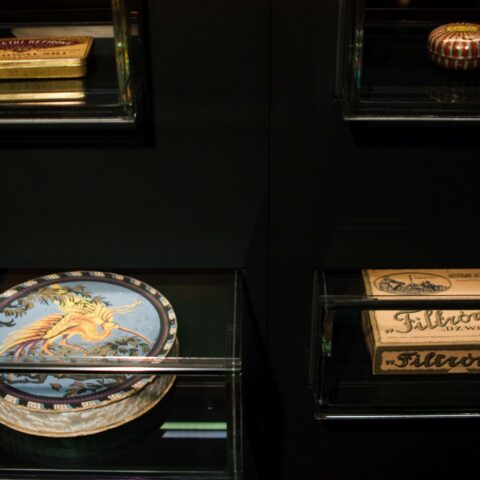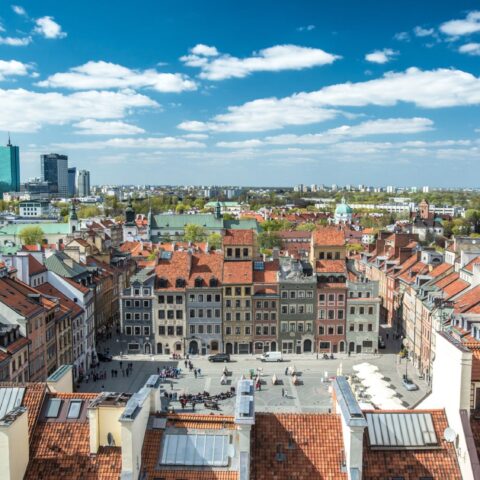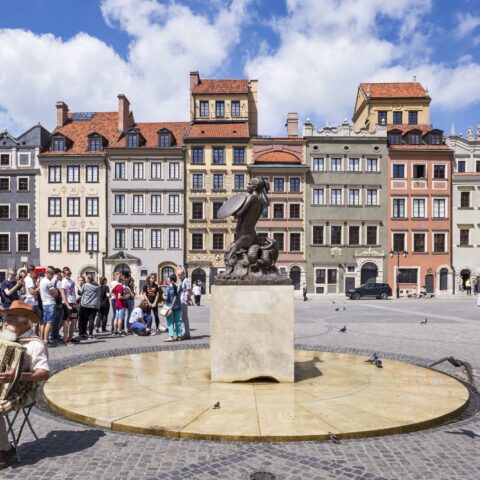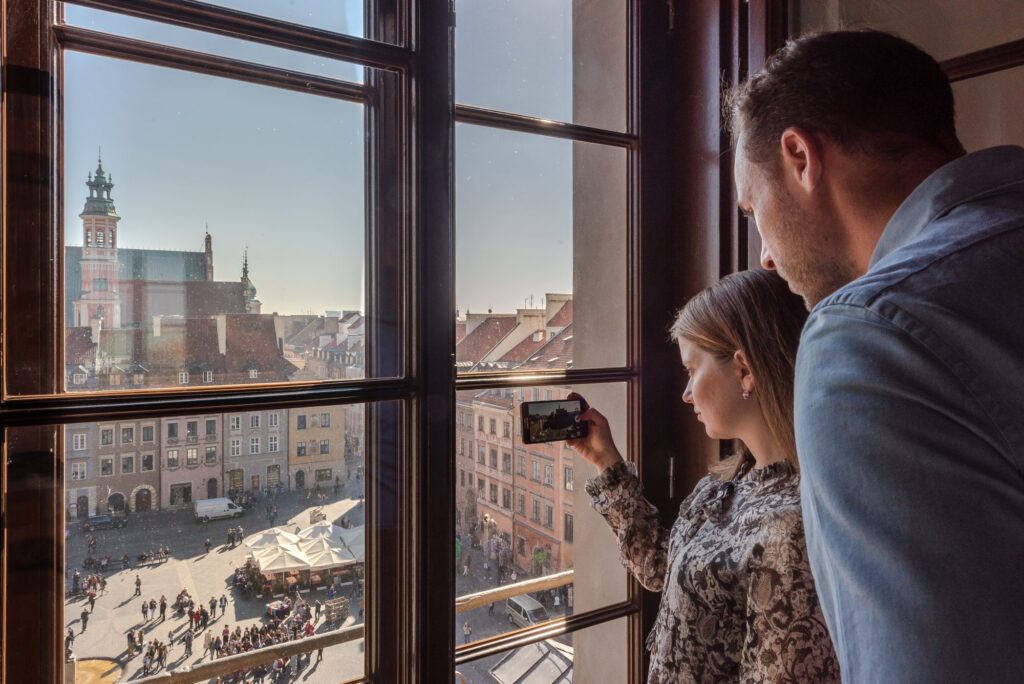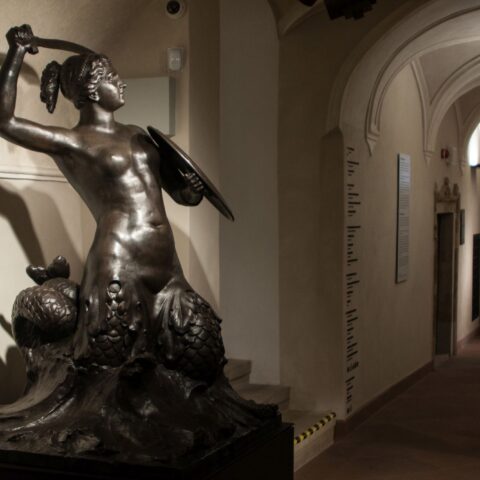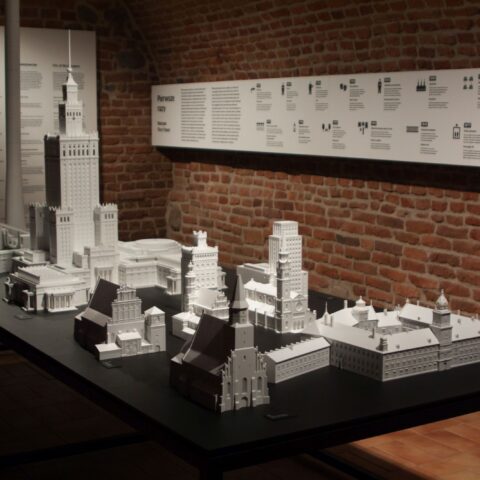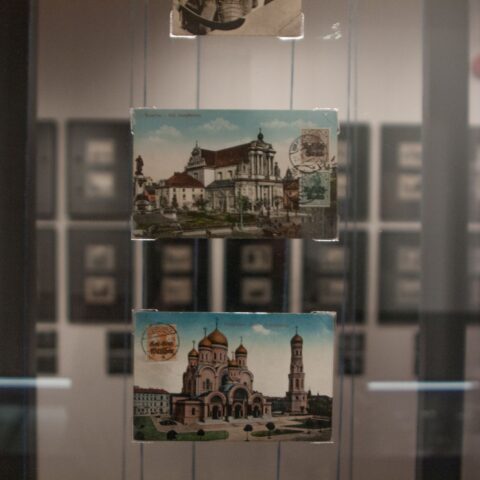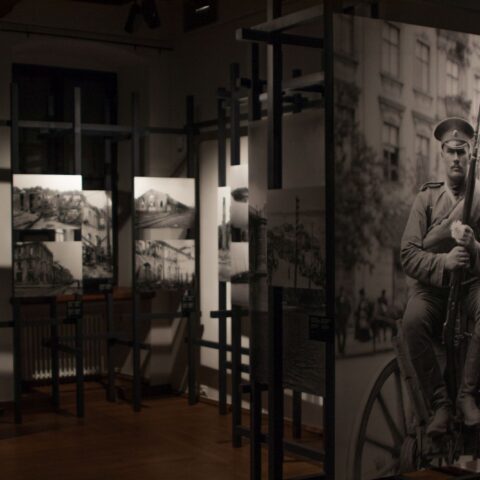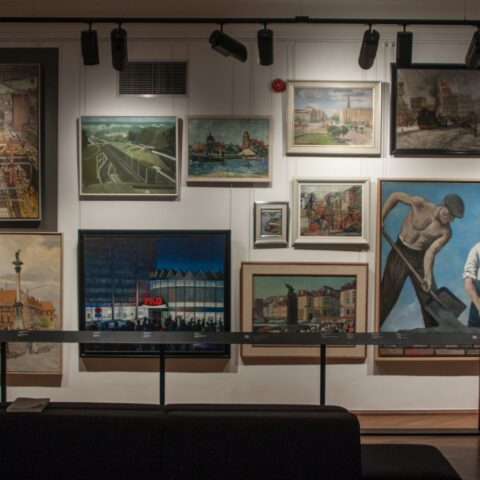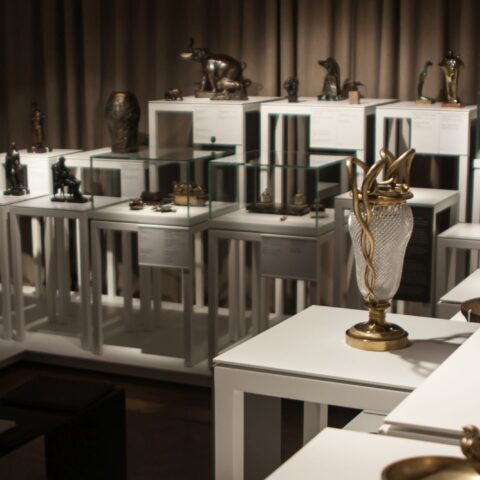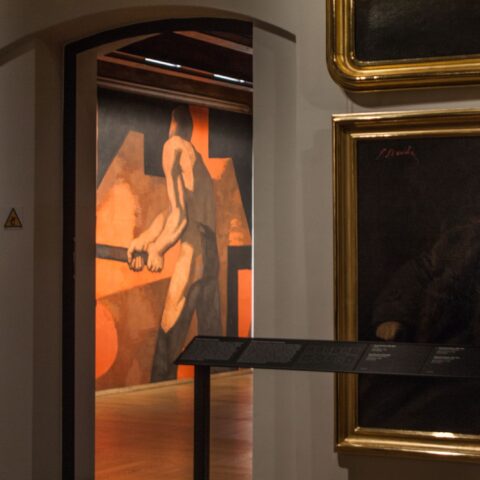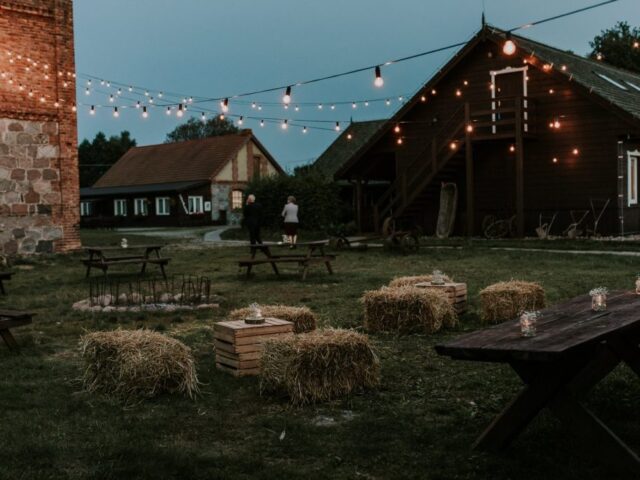The headquarters of the Museum of Warsaw is a gigantic, multi – threaded story that does not fit in one building. The history of the city and inhabitants, everyday life and ceremonial moments, ordinary objects and works of art are arranged in a huge labyrinth of 11 tenement houses located at the Old Market Square. Wandering through the floors, staircases and basements, the view from the windows, as well as brick and wooden ceilings, are just as important in creating the atmosphere of this place and the whole story. as are the collections, structured data, maps and charts.
The museum is located in tenement houses where until the 19th century the representatives of the wealthiest families, as well as councilors, village leaders and mayors of Old Warsaw lived. Current – along with the entire part of Warsaw – the historic building complex is on the UNESCO World Heritage List.
The exhibition of the facility, which previously operated under the name of the Historical Museum of the Capital City of Warsaw, consists of three parts: “Rzeczy warszawskie” and “Dane warszawskie” and “Dzieje kamienic warszawskich”. They do not tell the city’s history in chronological order: in the museum, visitors – walking around its halls – create their own story about the capital based on the history of individual objects and characters.
Sightseeing paths
Individual offices can be visited according to their own interests or by choosing one of the four original paths. In total, the museum has 300 000 artifacts in the field of: painting and sculpture, graphics, photography, archival materials, architectural plans and drawings, and artistic craftsmanship.
The thematic cabinets – and there are over a dozen of them – constitute the exhibition “Rzeczy Warszawskie”. In one of them you can see images of Warsaw sirens, and in the next called Plans and Maps- carthographic publications with the oldest copies from the mid 17th century.
The Cabinet of Clocks, in turn, houses the works of watchmakers associated in the Warsaw watchmaking guild founded in the mid 18th century, and the Warsaw Companies Packaging Cabinet presents boxes of chocolates and candies, coffee and tea cans, alcohol bottles, packaging for cosmetics, medicines or buttons, which were produced in the capital.
In the Gabinet Sreber i Platerów Warszawskich, you can see old Warsaw sugar bowls and teapots, and in the Gabinet Ubiorów – the products of workshops and tailor’s workshops.
An extremely interesting room is Gabinet Detali Architektonicznych, which includes elements that once adorned the capital’s palaces and churches. Among them is Delfin – a fragment of a garden fountain from Villa Regia (Kazimierzowski Palace), which was raised from the bottom of the Vistula, where it rested for 350 years, since the “Swedish Deluge”.
The second part of the core exhibition is “Statistical Data”, that is knowledge about the city presented with the help of numbers and graphs. In turn, the segment called “History of Warsaw tenement houses” deals with the theme of the architecture of individual museum tenement houses and related events and characters.
A unique attraction of the museum is the vantage point located in the attic of one of the tenement houses. It overlooks the Old Town Square with the Monument to the Warsaw Mermaid.
In the shop operating at the museum, you can buy books related to Warsaw and souvenirs, which are perfect from a visit to the capital.
Practical information
Current visiting hours, information on temporary exhibitions, ticket prices and the possibility of visiting museum with a guid can be found at www.muzeumwarszawy,pl You should allow at least 1-2 hours to visit the entire exhibition.
How to get to the Museum?
It is located at 28-42 Old Town Square.
By public transport (bus or tram), you can get to the Old Town stop, and then go on a 400- meter walk (app. 7 minutes).
Veturilo
The nearest Veturilo city bike stations are located at Miodowa Street (at the intersection with Długa Street and at the intersection with Senatorska Street).
Parking
Paid parking lots are available at Podwale Street.
